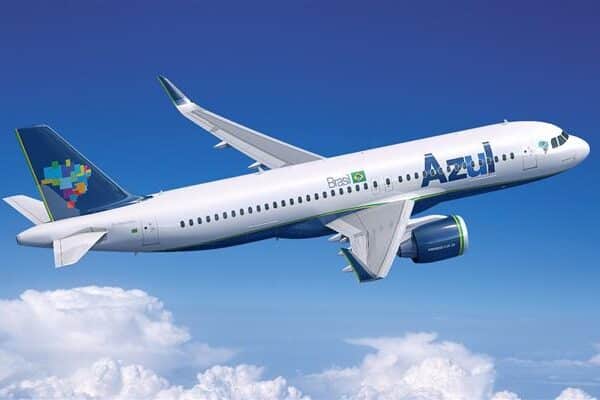Both of the parties involved agreed to the third proposal, which provides pay raises and clearer policies about vacation time.
The National Union of Aeronauts reached a deal with the airline on Sunday, ending a week of strikes. The union agreed to accept the airline’s offer of increased pay and benefits. The two-hour daily strikes started last Monday. The strikes were supposed to resume today, but they were suspended for Christmas weekend. The strikes are supposed to continue today.
The online vote, which started on December 24th and ended on Sunday, resulted in a majority of pilots approving the third proposal from the TST (Superior Labor Court) for the renewal of the Collective Convention of regular aviation work. Out of the 5,834 ballots cast, 70.11% voted in favor of the offer, while 28.8% of pilots voted against it, and 1.01% of respondents chose not to vote.
The proposal provides for a 6.97% increase in fixed and variable salaries, as well as a 1% pay rise. The increase is based on inflation and will affect all salary levels. Additionally, the proposal raises the food voucher cap and minimum wage, as well as fines for employers who do not comply.
The final bid provided for the renewal of all of the social clauses, defined break times, and allowed workers to start their vacation time on Saturday, Sundays, and holidays.
President Henrique Hacklaender of SNA spoke about his excitement for the successful negotiations, saying that it was a great accomplishment. The company is committed to reducing the number of grievances and complaints through ombudsmen and expects to improve its collective agreement and labor contracts in the near future.
How it started
The strike started a few weeks ago when the union asked for better working conditions and a pay raise because they thought the airline companies were making too much money. Airlines like LATAM Airlines, Azul Linhas Aéreas, and GOL Linhas Aéreas have all been doing well this year, and the prices for tickets have gone up by up to 35%.
The airlines say that there are many reasons for their higher prices, including the pandemic, the devaluation of the Brazilian real against the US dollar, and an increase in the price of oil. Airlines in Brazil have lost a lot of money in the past few years, according to ANAC data.
The SNEA presented three proposals to the airlines since mediation began in October. The two parties started discussions to keep the rights of the crew, extend the validity of the contract, and guarantee the trips of passenger airlines during high season. After direct negotiations between the unions ended, the airlines accepted a proposal from the Superior Labor Court.
The strike stopped flights at Brazilian airports between 6 am and 8 am. This affected flights at the airports of São Paulo, Rio de Janeiro, Campinas, Porto Alegre, Brasilia, Belo Horizonte, and Fortaleza. The union thanked the administration and said they will keep pushing for better conditions.
The strike didn’t last as long as we thought it would, because the judge ruled that at least 90% of the pilots and flight attendants have to be on duty during it.




